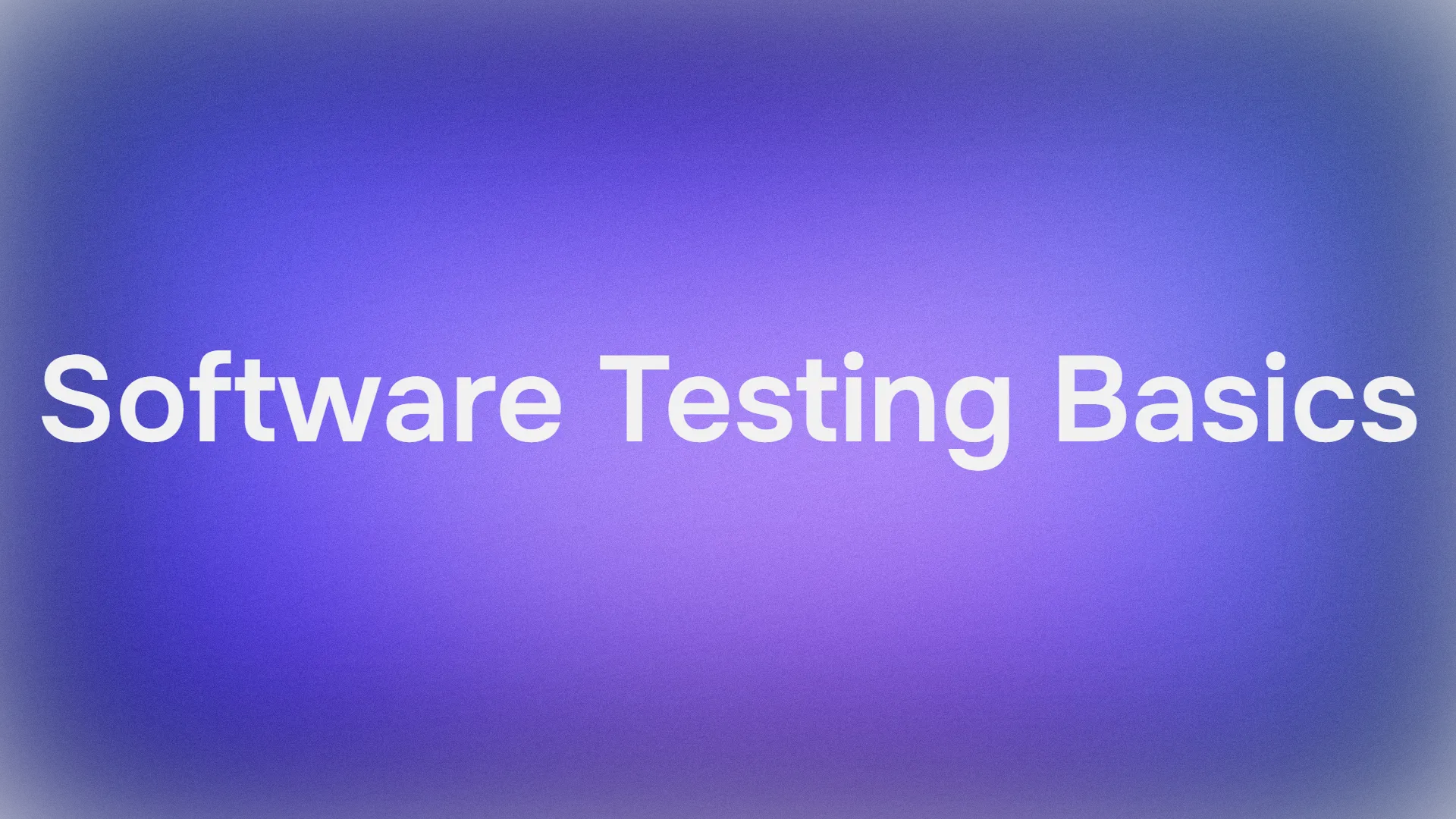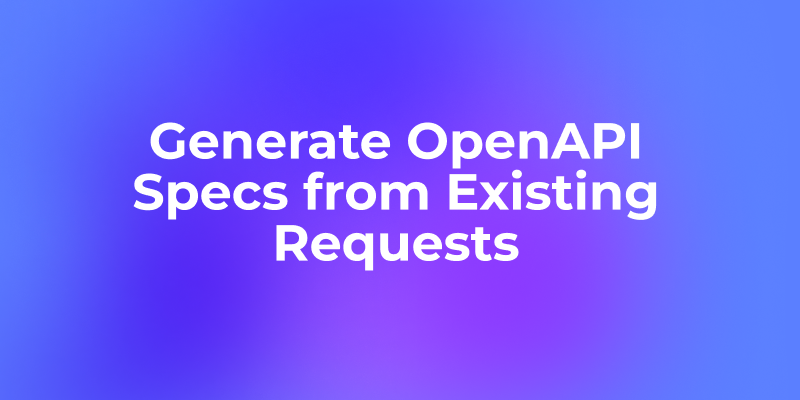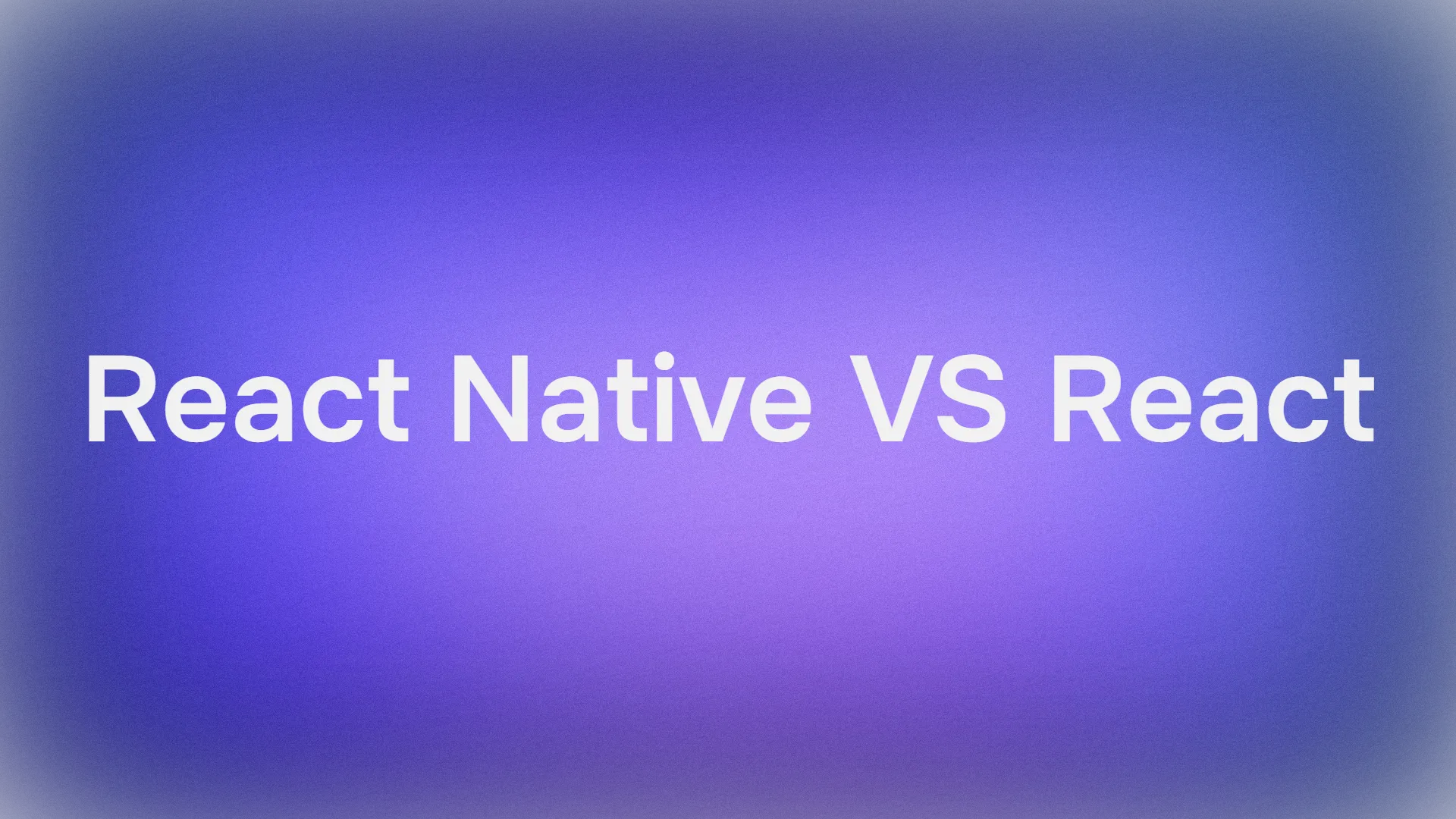APIs, as we all know, are the infrastructure of the digital world, connecting applications and services in a coherent and efficient manner.
Choosing the right approach to API development is akin to deciding the blueprint for constructing this digital city. Should you start by laying down the roads first, ensuring they reach every corner (API First)? Or perhaps meticulously design each intersection and pathway before breaking ground (API Design First)? Or maybe you prefer to build the landmarks first and let the roads develop organically around them (Code First)?
In this article, we will embark on a journey through these three pivotal approaches: API First, API Design First, and Code First. We will explore their distinct philosophies, weigh their benefits, and delve into practical considerations, helping you navigate the complex terrain of API development. Whether you're constructing a small village or a sprawling metropolis of services, understanding these methodologies will equip you with the tools to design a robust and scalable digital infrastructure.
API First
API First is an approach where APIs are treated as first-class citizens and are developed before the actual implementation of the system. The primary goal is to design the API early in the development process to ensure consistency and reusability across the application.
Advantages of API First
- Consistency Across the Application:
- Uniform Design: By defining APIs upfront, you ensure all interfaces adhere to a consistent design and style guide, reducing misunderstandings and errors during development.
- Standardized Contracts: A single source of truth for how services interact promotes a more organized and predictable development process.
2. Enhanced Reusability:
- Reusable Components: Well-designed APIs can be reused across multiple projects, saving time and resources, especially beneficial in microservices architectures.
- Library and SDK Generation: Consistent APIs make it easier to generate libraries and SDKs for various platforms, improving developer experience and adoption.
3. Improved Collaboration:
- Parallel Development: Front-end and back-end teams can work simultaneously, using the API contracts as a guide, reducing bottlenecks and accelerating development.
- Clear Documentation: Detailed documentation from the outset aids all stakeholders, including developers, testers, and product managers, in understanding the system's functionality.
Disadvantages of API First
- Initial Overhead:
- Time-Consuming: Designing and documenting APIs upfront can delay the start of actual development, especially in projects with tight deadlines.
2. Potential for Over-engineering:
- Complexity: There’s a risk of over-engineering the API by trying to anticipate all possible future needs, leading to overly complex APIs that are difficult to implement and use.
API Design First:

API Design First is an approach that emphasizes the design of the API's interface and behavior before any actual implementation begins. This method ensures that the API's functionality and user experience are thoroughly planned and documented, fostering a clear understanding of the API's purpose and usage.
In the API Design First approach, the emphasis is placed on defining the API's endpoints, methods, data models, and interactions before any implementation begins. This means the API's structure and functionality are comprehensively planned and documented upfront. This approach prioritizes the needs and expectations of the API consumers. The goal is to create an intuitive, easy-to-use, and well-documented API that developers will find straightforward to integrate and use.
Advantages of API Design First
- Clear Specifications:
- Detailed Documentation: By designing the API first, you create comprehensive documentation that outlines every aspect of the API's functionality. This documentation serves as a guide for developers and stakeholders, ensuring everyone has a clear understanding of the API's capabilities and limitations.
- Alignment: Detailed specifications help align the development team and stakeholders, reducing the chances of miscommunication and ensuring that the final implementation meets the intended design.
2. Improved Quality:
- Thorough Planning: Focusing on design encourages thorough planning and consideration of all possible use cases and edge cases. This leads to a more robust and reliable API that can handle a variety of scenarios.
- Early Validation: By designing the API first, you can validate its design with stakeholders and potential users before any code is written. This early feedback helps identify and resolve issues early in the development process.
3. Early Feedback and Iteration:
- Stakeholder Review: API Design First allows stakeholders to review and provide feedback on the API design before implementation. This ensures that the API meets business requirements and user needs.
- Iterative Improvement: The API design can be iterated and refined based on feedback, leading to a more polished and effective API once development begins.
Disadvantages of API Design First
- Time-Consuming: Designing the API and creating detailed documentation upfront can be time-consuming. This extensive initial phase might delay the start of the actual development, especially if the project has tight deadlines.
- Resource Intensive: The initial design phase requires significant effort and resources, including time from both developers and stakeholders to review and refine the API specifications.
- Complexity: There’s a risk of over-engineering the API by trying to anticipate all possible future needs. This can lead to an overly complex API that is difficult to implement and use.
- Unnecessary Features: Spending too much time on design can result in the inclusion of features that may never be used, wasting resources and complicating the API unnecessarily.
Code First
Code First is an approach to API development where the actual code and implementation are developed first, and the API documentation is generated from the codebase. This method is often favored when the details of the implementation drive the API design.
In the Code First approach, the development starts with coding the application’s functionality. The API is derived from the existing code, making the implementation the driving force behind the API design. This method is often used in environments where rapid prototyping and iteration are essential. It allows developers to quickly build and refine the API as they develop the application.
Advantages of Code First
- Quick Prototyping:
- Speed: Starting with the code allows developers to quickly prototype and iterate on the implementation. This is particularly useful in startup environments or projects with tight deadlines where getting a working version of the software out quickly is a priority.
- Immediate Feedback: Developers can immediately see the results of their work, allowing for rapid testing and adjustment. This quick feedback loop can lead to faster development cycles and more responsive iterations.
2. Flexibility:
- Easier Changes: Since the API is generated from the existing code, it’s easier to make changes and adjustments during development. This flexibility is crucial in projects where requirements are likely to evolve.
- Adaptive Development: The Code First approach allows developers to adapt the API design as new features are added, ensuring that the API remains aligned with the actual functionality of the application.
3. Simplicity:
- Less Initial Planning: Developers can dive into coding without spending extensive time on upfront design and documentation. This simplicity can reduce initial overhead and speed up the start of the development process.
- Focused Implementation: By focusing on the actual implementation first, developers can ensure that the API reflects the real capabilities and constraints of the application.
Disadvantages of Code First
- Inconsistent and Poorly Documented APIs:
- Lack of Initial Structure: Starting with the code can lead to an API that lacks a coherent structure or consistent design. Without a predefined plan, the API may become disorganized and harder to use.
- Documentation Challenges: Generating documentation from the code can result in incomplete or unclear documentation, especially if the code is not well-commented. This can make it difficult for other developers and stakeholders to understand and use the API effectively.
2. Scalability and Maintenance Issues:
- Difficult to Scale: As the project grows, maintaining a consistent and well-documented API can become challenging. The initial flexibility may lead to complications in managing and scaling the API over time.
- Technical Debt: Rapid development without thorough planning can lead to technical debt, where quick fixes and ad-hoc changes accumulate. This can make the codebase harder to maintain and evolve in the long term.
Building APIs with Apidog
Apidog is an all-in-one solution for API management. With Apidog, you can design, debug, test, and collaborate on your APIs in a single platform, eliminating the need to switch between different tools and deal with inconsistent data. Apidog streamlines your API workflow and ensures efficient collaboration between frontend, backend, and testing teams.

Effortlessly describe your API as you test it, and generate JSON/XML schemas with a simple click using Apidog.
How to Choose the Right API Approach?
If you’re building a large or complex project where consistency, scalability, and reusability are critical, the API First approach is likely the best fit. This method ensures strong API contracts across multiple teams, making it particularly suitable for microservices architectures.
On the other hand, if your project prioritizes user experience and requires clear specifications from the outset, the API Design First approach is recommended. This method involves thorough planning and documentation before development, which helps align the team and improve quality. This approach is ideal when you have the time to invest in detailed design.
For projects requiring rapid prototyping and flexibility, the Code First approach is advantageous. This method allows for quick development and frequent iterations, making it suitable for startup environments or projects with evolving requirements. It emphasizes adaptability and speed over initial documentation. To learn more about this approach, you can explore resources such as Code First API Development with Spring Boot.
What ever method you or your team decides to use, you can be rest assured that you can always improve and make your codebase better over time.
Conclusion
Each API development approach has its own strengths and challenges. Understanding these will help you choose the best methodology for your project, ensuring that your API is well-suited to meet your goals and requirements. Balancing the need for quick development, thorough planning, and future scalability is key to successful API design and implementation.



